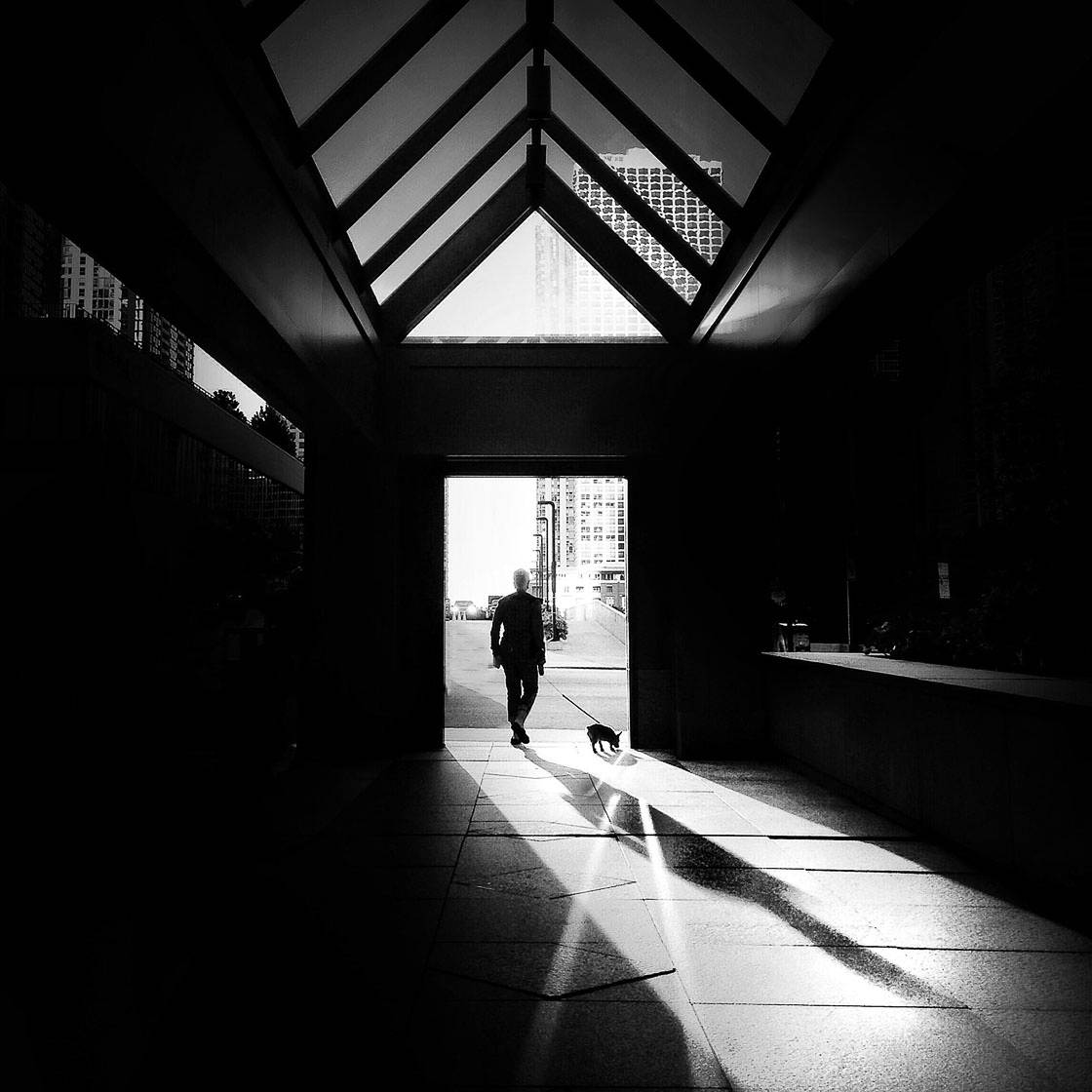Street Photographers Fundamentals Explained
Table of ContentsStreet Photographers Things To Know Before You BuyNot known Factual Statements About Street Photographers Top Guidelines Of Street PhotographersStreet Photographers Things To Know Before You Get ThisStreet Photographers Fundamentals Explained
Road photographers do not necessarily have a social purpose in mind, but they prefer to isolate and capture minutes which could otherwise go unnoticed.Though he was affected by most of those that influenced the street digital photographers of the 1950s and '60s, he was not mainly curious about catching the spirit of the road. The impulse to aesthetically record individuals in public started with 19th-century painters such as Edgar Degas, douard Manet, and Henri de Toulouse-Lautrec, that worked side by side with photographers attempting to catch the essence of city life.

Offered the fine quality of his photos and the breadth of material, designers and artists typically purchased Atget's prints to utilize as referral for their very own job, though industrial interests were hardly his major inspiration. Instead, he was driven to photo every last residue of the Paris he liked. The mingled enthusiasm and seriousness of his mission shine through, leading to photographs that narrate his own experience of the city, top qualities that prepared for street digital photography of the 20th century.
The Buzz on Street Photographers
They disclose the city via his eyes. His work and fundamental understanding of photography as an art type worked as motivation to generations of digital photographers that complied with. The following generation of road digital photographers, though they likely did not refer to themselves thus, was ushered in by the photojournalism of Hungarian-born digital photographer Andr Kertsz.
Unlike his peers, Brassa used a larger-format Voigtlnder camera with a much longer exposure time, compeling him to be much more calculated and thoughtful in his technique than he could have been if making use of a Leica. (It is believed that he may not have had the ability to pay for a Leica back then, but he did, however, use one in the late 1950s to take colour photos.) Brassa's pictures of the Paris underworld brightened by artificial light were a revelation, and the compilation of the series that he published, (1933 ), was a significant success.
Cartier-Bresson was a champ of the Leica camera and one of the initial digital photographers to optimize its capabilities. The Leica enabled the photographer to engage with the environments and to capture moments as they happened - Street Photographers. Its relatively small dimension likewise assisted the digital photographer discolor right into the history, which was Cartier-Bresson's recommended strategy
A Biased View of Street Photographers
It is as a result of this basic understanding of the art of picture taking why not try these out that he is frequently credited with discovering the tool all over once more approximately a century because its creation. He took photos for greater than a half century and affected generations of photographers to trust their eye and instinct in the moment.
These are the inquiries I will attempt to address: And after that I'll leave you with my own meaning of street digital photography. Yes, we do. Allow's begin with defining what a meaning is: According to it is: "The act of specifying, or of making something guaranteed, distinct, or clear".
No, absolutely not. The term is both limiting and misguiding. Seems like a road digital photography must be photos of a streets best?! And all road professional photographers, besides a tiny number of outright newbies, will fully value that a road is not the key element to road photography, and in fact if it's a photo of a street with maybe a couple of dull individuals not doing anything of rate of interest, that's not road digital photography that's a snapshot of a road.
He makes a valid point don't you think? While I concur with him I'm not sure "candid public digital photography" will certainly catch on (although I do kind of like the term "honest digital photography") because "road photography" has been around for a long time, with numerous masters' names affixed to it, so I believe the term is here to stay.
The Main Principles Of Street Photographers
You can fire at the beach, at a celebration, in an alley, in a park, in a piazza, in a cafe, at a museum or art gallery, in a metro station, at an occasion, on a bridge, under a bridge ...
Yes, I'm afraid we have no choice! Without policies we can my sources not have an interpretation, and without an interpretation we don't have a category, and without a style we do not have anything to define what we do, and so we are stuck in a "rules interpretation genre" loophole! - Recommended Reading Street Photographers
Street Photographers - The Facts
